Surveillance data is extremely useful for us; the CDC guidelines are one resource for making decisions about how we treat our patients, but the actual information about what STDs are being seen in our communities, what problems may exists regarding things like antibiotic resistance, and other considerations, are also part of the calculus. For instance, if you have a high rate of syphilis in your community, you may choose to test as a part of your patient care.
All clinicians should be familiar with data from their own area, so I am linking to two important docs: 1.) the most recent national surveillance data (2012); and 2.) the brand new surveillance data for Indian Health Services (2011, PDF), which has information not necessarily reflected in the national surveillance data. Conversation with local health department colleagues is also a good source for local information, so consider bringing them in for things like continuing education programs and staff meetings. It’s a great area for enhancing and maintaining competency. {Canadians, here’s what I believe is your most recent in English and French (PDF)–please let me know if there’s a newer report.}
